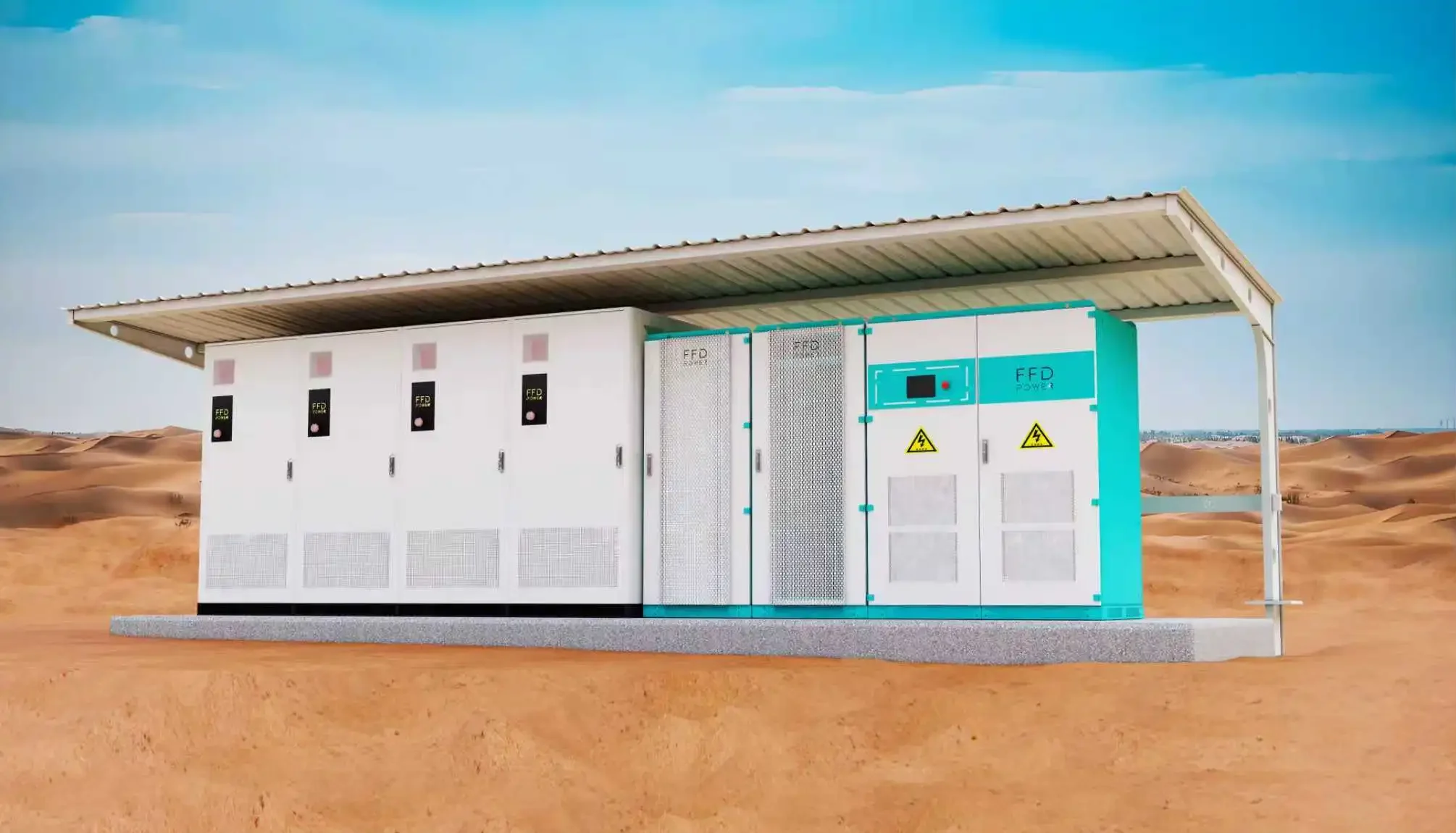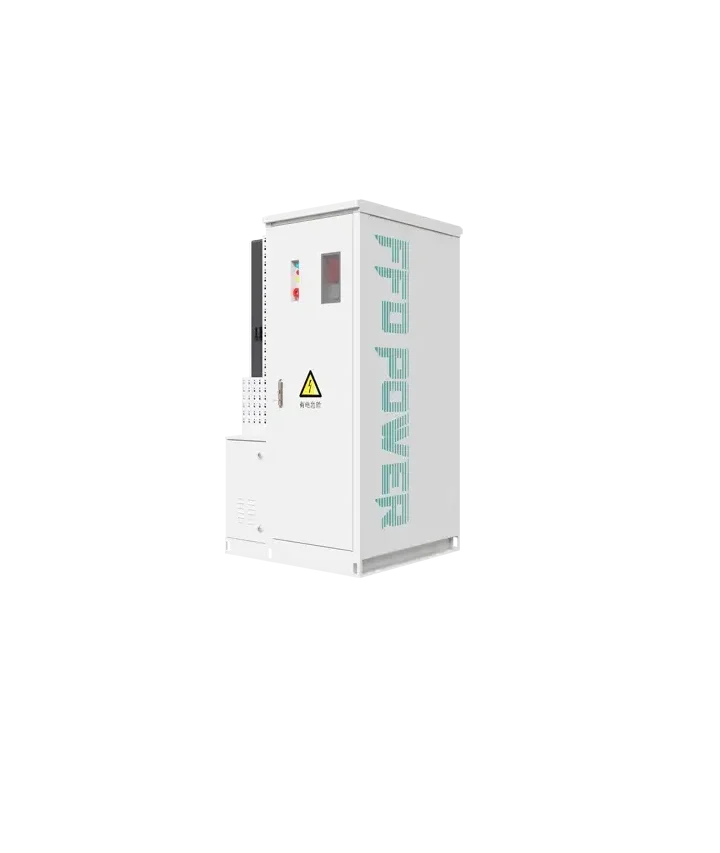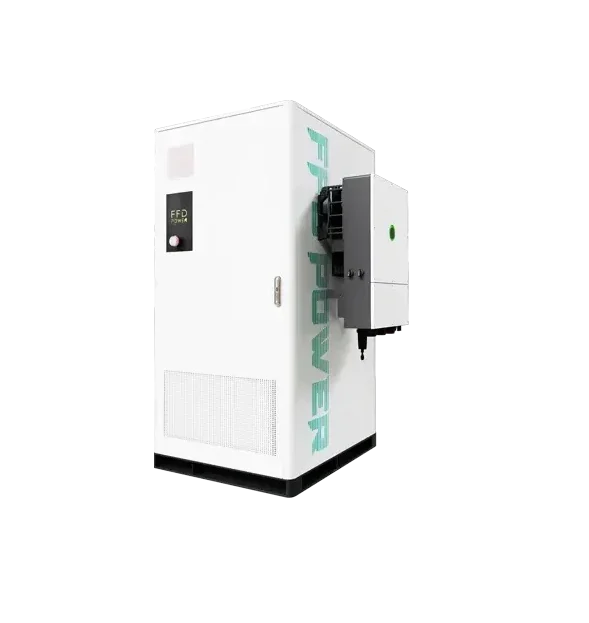Microgrid Application
A microgrid is a localized smart energy solution integrating renewables and energy storage, capable of operating independently or with the grid to enhance energy security and efficiency.
What Makes Microgrid Different?
A microgrid is designed to ensure reliable power supply with or without the main grid. Microgrid can integrate diverse energy sources such as solar, wind, diesel generator and BESS, delivering diverse and stable power in areas with limited or no access to the utility grid. With proven expertise and global project deployments, FFD POWER safeguards energy resilience and autonomy worldwide with this technology.
Our Ready-to-Use Microgrid Solution:
We provide an all-in-one, plug-and-play microgrid system integrating energy storage, renewables, and smart control—empowering commercial and industrial users with energy autonomy, cost savings, and enhanced grid resilience.

- FFD BESS – the heart of the microgrid, providing an energy bank to facilitate power switch, energy backup and energy optimization
- Hybrid Inverter / Microgrid Cabinets With Isolation Trafo – delivering grid-forming capability and stable operation even under unbalanced phase loads, while integrating renewables and diesel generators for maximum resilience
- STS – enabling seamless transitions between grid-connected and islanded modes within 10 milliseconds
- FFD EMS – featuring advanced algorithms for intelligent system control and energy management
This architecture ensures reliable, autonomous, and resilient power supply—even in areas with limited or no grid access.
In addition to core hardware and controls, we provide:
- Feasibility studies and tailored system architecture design
- Pre-installed system software
- Full engineering documentation, detailed project BOM, layout design and connection drawings
- Technician’s onsite commissioning support
- Long-term O&M remote support
This turnkey approach enables partners to deploy microgrids with speed and confidence, ensuring reliable operation from day one.
FFD Power’s microgrid package is designed to:
- Ensure smart continuous power supply with seamless grid/off-grid switching
- Integrate renewables, storage, and diesel for maximum sustainability and resilience
- Optimize energy use through advanced EMS and predictive control algorithms
Up to 3MW Microgrid System Capability
-Utilizing six parallel 500 kW microgrid cabinets, the system can scale to a total capacity of 3 MW. Each cabinet features a robust PCS with grid-forming capability, enabling stable and reliable operation in both grid-connected and islanded modes. This modular approach also allows flexible capacity expansion to meet future demand.
Seamless Switch Between On-grid / Off-grid
-Equipped with an STS (Static Transfer Switch), the system can transition between on-grid and off-grid operation in less than 10 milliseconds. This ensures critical loads remain uninterrupted, protecting sensitive equipment from power disturbances.
Renewable Integration and Diesel Backup
-Supports both DC and AC coupling for PV systems, enabling optimal integration with solar power generation. Combined with BESS and diesel generators, it provides the most resilient power architecture for continuous supply under most conditions.
Stable Operation Even Under Unbalanced Three Phase Load
-The inclusion of an isolation transformer allows the microgrid to maintain stable voltage and frequency even with highly unbalanced loads. This ensures consistent performance in demanding industrial or remote-site applications.
Energy optimization with smart EMS
-An advanced EMS control algorithm maximizes PV energy utilization, reducing reliance on diesel fuel. It also optimizes charge/discharge schedules, load management, and real-time dispatch to achieve the best economic and environmental performance.
Recommended Products




50kW/100kWh
Battery Cabinet
50kW/241kWh
Battery Cabinet
80kW/261kWh
Battery Cabinet
500kW/1044kWh
Microgrid System
Case Presentation
Jin Xin Technology (Myanmar) Co.LTD—— 500KW/1075KWh PV-ESS-GEN Microgrid system Project
This case study is based on Microgrid applications, demonstrating the transformative solution that microgrids offer for modern energy systems. Located in a remote area of Myanmar, the system achieves enhanced resilience, energy autonomy, and renewable integration through localized energy generation, storage, and management. The system comprises a 500kW photovoltaic (PV) array, a 1075kWh energy storage system (ESS), and a generator (GEN). It can operate either in islanded mode (off-grid) or grid-connected mode, making it particularly suitable for industrial parks, commercial facilities, or remote area energy demands.
Islanded Mode: When a grid outage is detected, the EMS isolates the system and initiates islanded operation, gradually restoring load supply while dynamically adjusting the PV inverter output. If the battery state-of-charge (SOC) drops to 15% (user-configurable), the EMS will shut down the power conversion system (PCS) and start the diesel generator. Through an automatic transfer switch (ATS), the supply seamlessly switches to diesel generation to ensure uninterrupted load continuity.
Grid-Connected Mode: Once the main grid is restored, the EMS reconnects to the grid, stops the generator, and recharges the PCS to 100% SOC (user-configurable). The EMS also adjusts output based on metering requirements to enable smooth transition and energy optimization.
The main components of this system include the PV array, ESS storage cabinet, and diesel generator. The operational principle emphasizes real-time monitoring and intelligent coordination to maximize renewable energy utilization in an unstable grid environment. Key benefits include enhanced energy autonomy, reduced outage risks, lower operational costs, and support for sustainable development goals. This case proves the flexibility and reliability of microgrids in practical applications, providing a replicable energy solution for similar remote areas.
